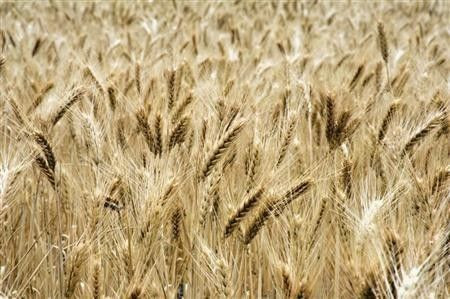Australia's Scorching Weather Set To Continue Throughout Summer After Recording Hottest Spring

Temperatures in Australia continue to soar as the weather bureau declares November as the hottest spring on record in the country. The high temperature is part of an ongoing trend around the world.
According to the Australian Bureau of Meteorology, maximum temperatures remain warmer than average across the country. The bureau's Climate Monitoring manager Karl Braganza said nine of the hottest springs were recorded since 2002. He told BBC that Australia has been experiencing an increase in temperature by about 0.9 degrees Celsius since 1910.
In Longreach which is northwest of Queensland, 13 consecutive days of temperatures above 40 degrees Celsius finally ended on Nov 25. Braganza said the recent stretch of warm weather was among the hottest in Queensland. He noted that heatwaves have begun to start earlier in the season in the recent years.
The spring of 2014 was declared the hottest spring for Australia for the second year in a row. The weather bureau said this year's spring had the highest mean and maximum temperatures for the season. Australia's rainfall fell 34 percent below the long-term mean temperature.
The warm temperature of spring in Murray-Darling Basin in southeast Australia was the tenth driest on record. Some of the hottest temperatures were recorded in other parts of the country with South Australia's Roxby Downs at 46.1C and NSW's Richmond with 45.3C, the weather bureau said.
The long stretch of warm weather is in line with warmer temperatures around the world because of climate change. SkyNews noted that El Nino conditions continue to develop in the Pacific Ocean with warm ocean temperatures accentuating Australia's dry spell. The weather bureau said the country's dry spell may continue throughout the summer.
Meanwhile, Australia's wheat harvest is predicted to be lower as dry conditions persist in the eastern parts of the country. The world's fourth biggest exporter of wheat will be seeing low production levels. In a report by the Australian Bureau of Agricultural and Resource Economics and Sciences, production for the year may total 23.2 million metric tonnes.
In 2013, wheat production was 27 million tonnes. The report said prospects of a high winter crop yield may not happen because of dry seasonal condition, especially in Queensland, NSW and Victoria.




















